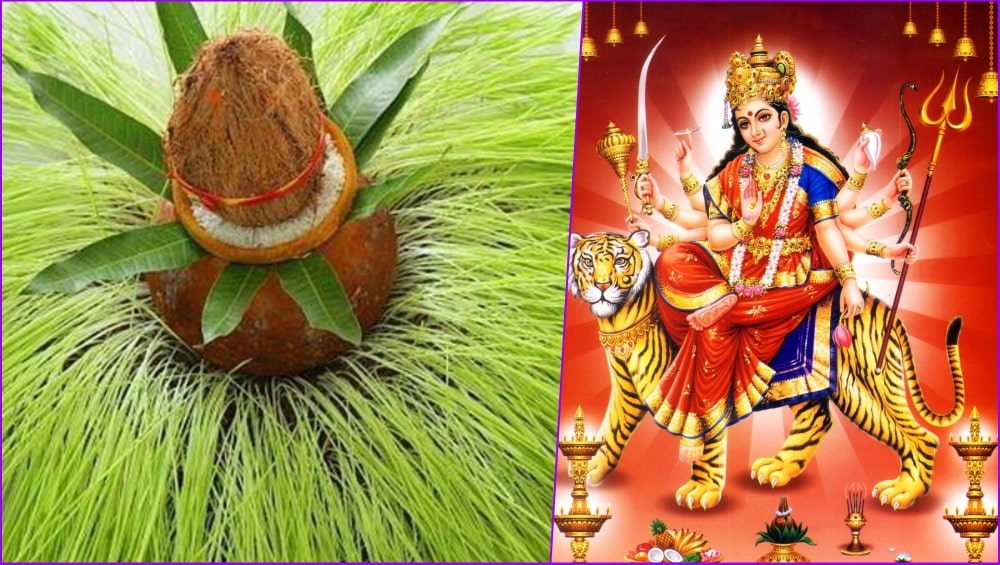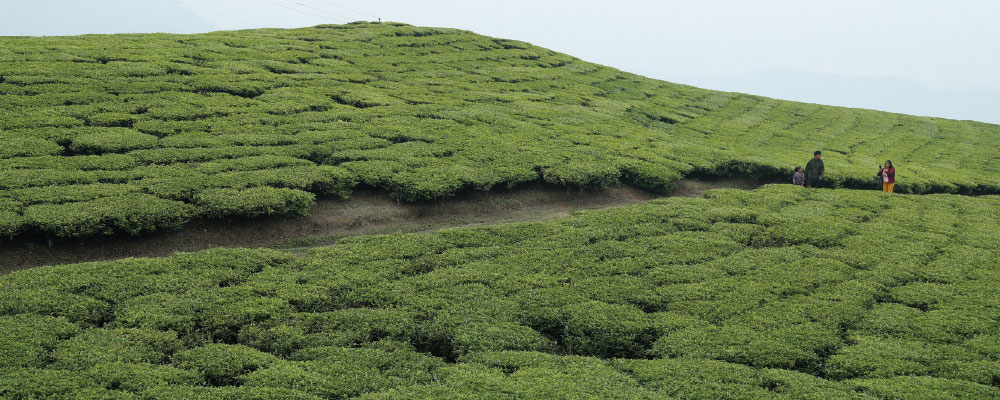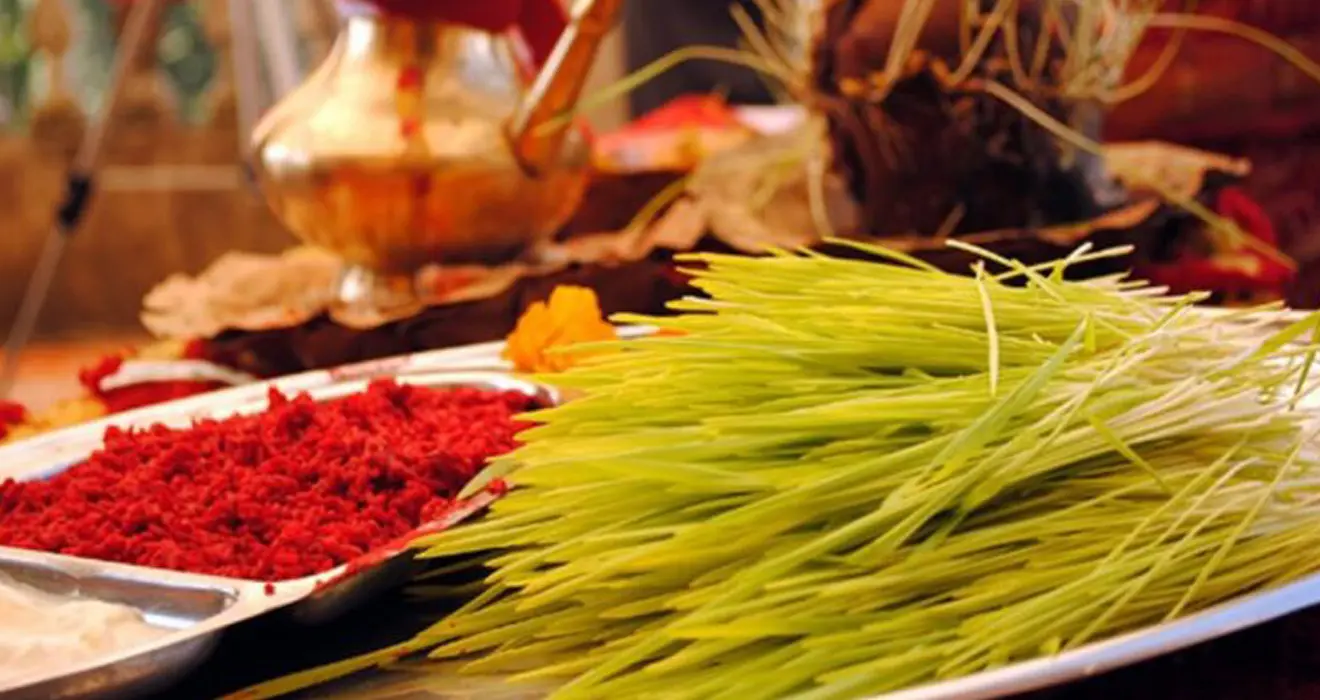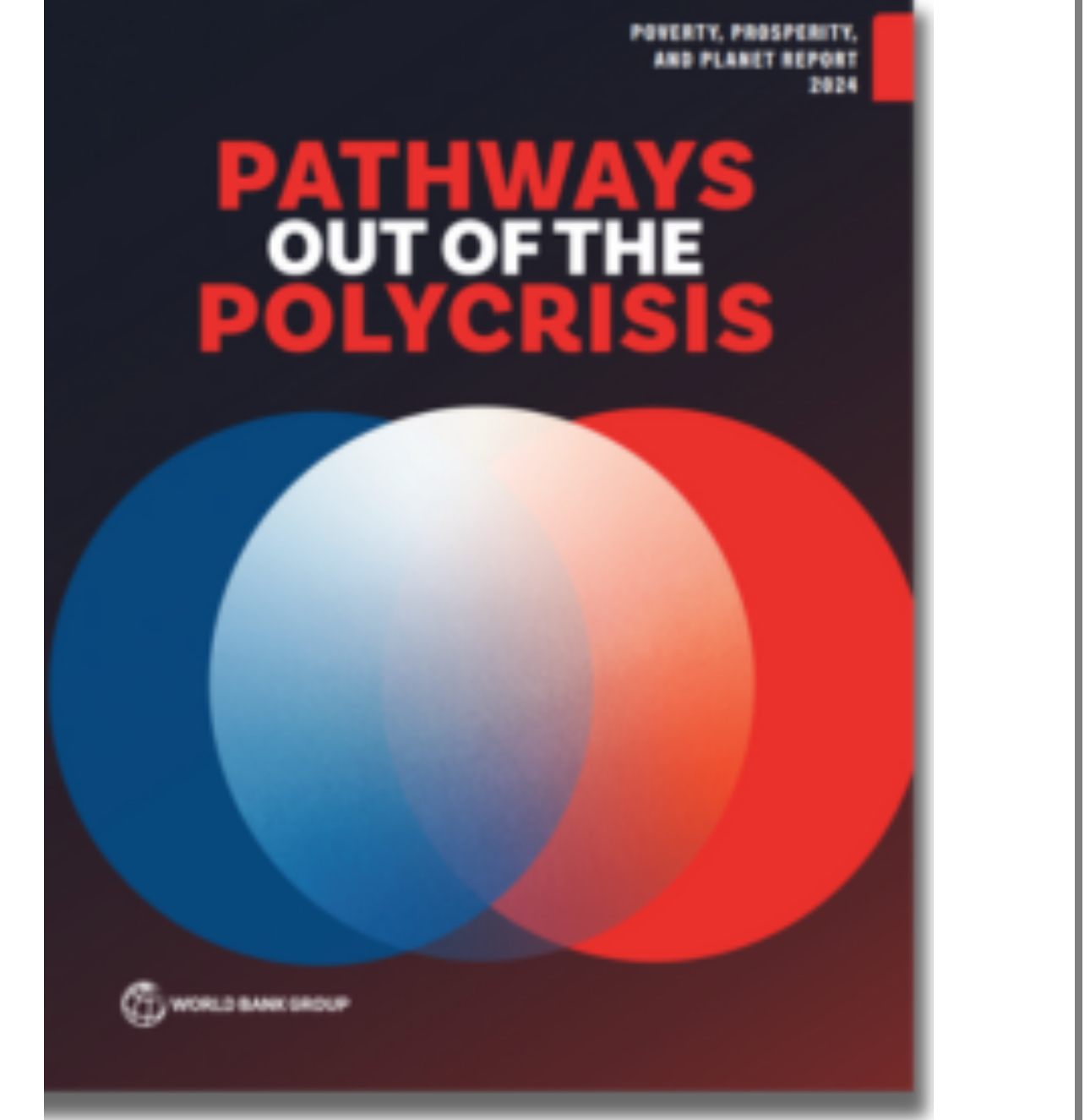Celebrating the Triumph of Good Over Evil: Dussehra, Vijayadashami, and Dashain in South Asia

Kathmandu — As Shardiya Navratri unfolds, people across India and Nepal are immersed in the grandeur of a festival that spans nine nights, celebrating the divine manifestations of Maa Durga. This auspicious occasion culminates in Dussehra, also known as Vijayadashami, symbolizing the victory of good over evil.
The Essence of Dussehra and Vijayadashami
For many, Dussehra serves as a precursor to Diwali, marking the beginning of preparations for the festival of lights that commemorates the victory of light over darkness. This year, Vijayadashami will be observed on Tuesday, October 24th, and it’s celebrated with fervor and enthusiasm by Hindus around the world.
The term “Dussehra” is derived from the Sanskrit words ‘Dasha’ (meaning ten) and ‘hara’ (meaning defeat), symbolizing the triumph of Lord Rama over the ten-headed demon king, Ravana. This victory is emblematic of the eternal battle between good and evil.
Different Names, Same Celebration
Dussehra, Vijayadashami, and Dashain are three names for the same Hindu festival, each holding distinct regional and cultural significance. Dussehra is predominantly celebrated in North India, while Vijayadashami takes center stage in South India. Meanwhile, Nepal marks this festival as Dashain.
Dashain: The Longest and Most Significant Festival in Nepal
Dashain, unique to Nepal, is an extensive 15-day celebration that signifies the triumph of the goddess Durga over the demon Mahishasura. This mythological battle marked the victory of good over evil and is commemorated with rituals such as kite flying, goddess Durga worship, and the receiving of tika from elders as a blessing. Dashain serves as a time for family reunions and cultural festivities.
The Significance of Dussehra
Dussehra, or Vijayadashami, is celebrated to convey the message of the enduring triumph of truth, unity, and hope. It inspires people to stand against injustice and evil, a message that resonates across borders and cultures.
The celebrations of Dussehra involve the burning of effigies of Ravana, grand processions, and cultural performances. In the North and West of India, it’s celebrated as Dussehra, while in the South, the focus is on Goddess Chamundeshwari’s victory over the demon Mahishasura.
The Ayudha Puja and Golu Doll Display
Ayudha Puja, primarily observed in Karnataka, is a day to honor and worship one’s tools and instruments, recognizing their vital role in one’s livelihood. In Tamil Nadu, the Golu doll display is a cultural tradition where families arrange an elaborate exhibit of dolls representing various deities and aspects of Indian culture.
In a world with many cultural diversities, these festivals convey a universal message – the triumph of good over evil, unity over division, and hope over despair. As Shardiya Navratri continues and the celebration of Dussehra, Vijayadashami, and Dashain unfolds, these festivals serve as reminders of the enduring human spirit in the face of adversity.


















Facebook Comments